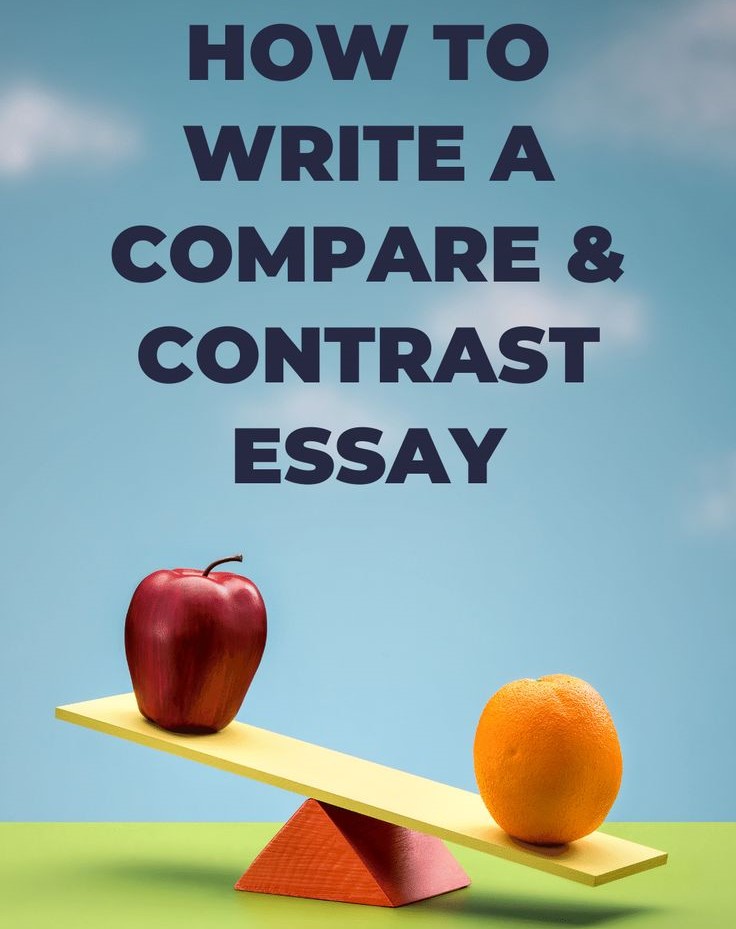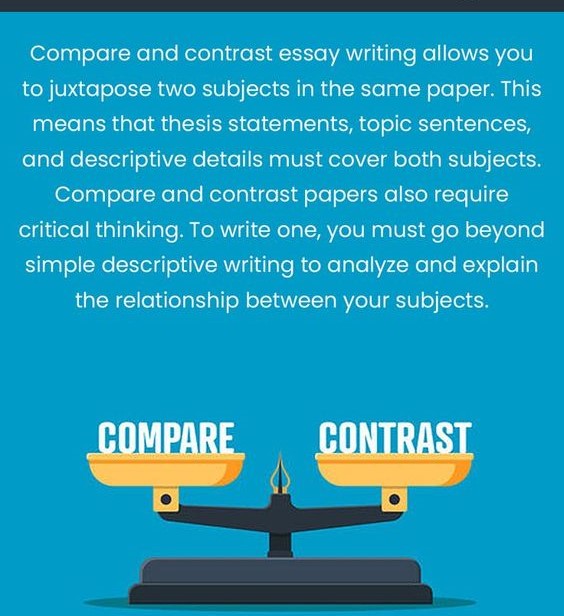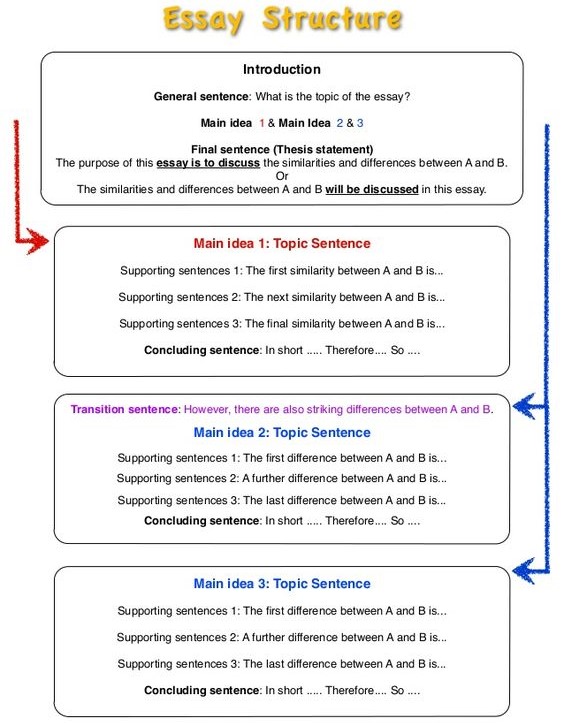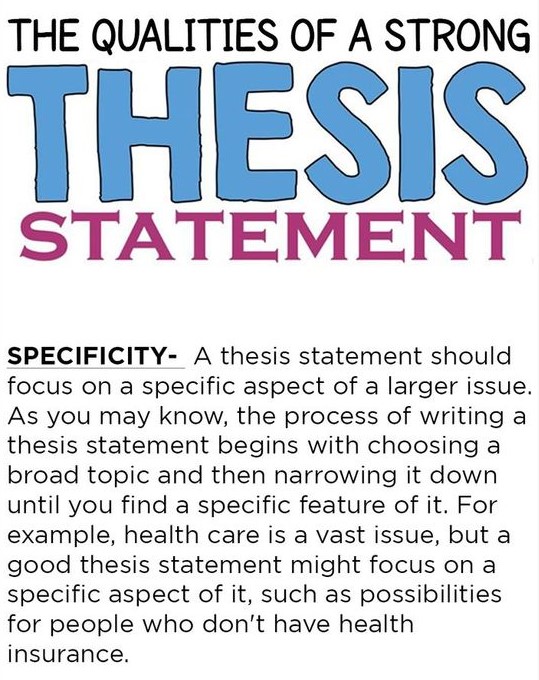
Table of Contents
The compare and contrast nursing essay is a common assignment that challenges students to delve into the intricacies of different nursing practices, theories, or concepts. This essay type encourages critical thinking and analytical skills, as students must meticulously examine the similarities and differences between chosen subjects. Mastering this genre requires a structured approach, incorporating effective strategies to showcase your understanding and insights.
What is a Compare and Contrast Nursing Essay?
A compare and contrast essay is a type of academic writing that examines the similarities and differences between two or more subjects. The goal of this essay is to provide a nuanced analysis of the chosen topics, highlighting their key characteristics and exploring their relationships.

Here’s a breakdown of the key elements:
Purpose:
- To illustrate similarities and differences: The essay aims to shed light on how the subjects are alike and how they diverge in specific aspects.
- To provide insights and analysis: By comparing and contrasting, the essay offers a deeper understanding of the individual subjects and their relationships.
- To support an argument: The essay often builds towards a central argument or thesis statement that summarizes the key insights gleaned from the comparison and contrast.
Structure:
- Introduction: The introduction introduces the subjects being compared and contrasted and states the thesis statement, which outlines the main argument of the essay.
- Body Paragraphs: These paragraphs develop the comparison and contrast analysis. There are two main organizational methods:
- Subject-by-Subject: Discusses each subject in its entirety before moving to the next.
- Point-by-Point: Compares and contrasts specific aspects or features of each subject simultaneously.
- Conclusion: The conclusion summarizes the key findings of the comparison and contrast, restates the thesis statement, and offers a final analysis or reflection on the significance of the insights.

Key Components:
- Clear Thesis Statement: A concise and focused statement that outlines the main argument of the essay, highlighting the key similarities and differences between the subjects.
- Strong Evidence: Support your claims with evidence from credible sources, such as research articles, textbooks, case studies, and personal observations.
- Effective Transitions: Utilize transition words and phrases to guide the reader through the essay, highlighting the connections and distinctions between the subjects.
- Balanced and Objective Tone: Present both sides of the argument fairly, avoiding bias or subjective opinions.
- Conclusive Summary: The conclusion should effectively summarize the main arguments and restate the thesis, providing a final analysis of the implications of the comparison and contrast.
Reviewing nursing essay samples on top academic writing sites such as nursingpapers.us can give you a better picture of how a typical compare and contrast essay should look like.
Examples of Compare and Contrast Nursing Essay Topics
- Nursing Theories: Compare and contrast Maslow’s Hierarchy of Needs and Orem’s Self-Care Deficit Theory.
- Nursing Interventions: Analyze the similarities and differences in managing chronic pain using pharmacological treatment versus holistic therapy.
- Ethical Dilemmas: Compare and contrast the ethical considerations and potential consequences of two different approaches to resolving a specific ethical dilemma in nursing practice.
- Nursing Roles: Explore the similarities and differences between the roles and responsibilities of pediatric nurses and critical care nurses.
Overall, a well-written compare and contrast essay provides a comprehensive analysis of two or more subjects, showcasing the writer’s ability to critically evaluate information and present a well-supported argument. It is a versatile essay type that can be used to explore a wide range of topics in nursing and other disciplines.
How to Write a Compare and Contrast Nursing Essay
1. Selecting a Compelling Topic
The foundation of a successful compare and contrast nursing essay lies in choosing an appropriate and engaging topic. Consider exploring:
- Different Nursing Theories: Compare and contrast the key principles, strengths, and weaknesses of two prominent nursing theories, such as Maslow’s Hierarchy of Needs and Orem’s Self-Care Deficit Theory.
- Nursing Interventions for Specific Conditions: Analyze the similarities and differences in managing a particular condition using two contrasting approaches, like pharmacological treatment versus holistic therapy for chronic pain.
- Ethical Dilemmas in Nursing Practice: Compare and contrast the ethical considerations and potential consequences of two different approaches to resolving a specific ethical dilemma encountered in nursing practice, such as informed consent or end-of-life care.
- Nursing Roles and Responsibilities: Explore the similarities and differences between the roles and responsibilities of two distinct nursing specialties, like pediatric nursing and critical care nursing.
- Healthcare Systems and Models: Compare and contrast the strengths and weaknesses of two different healthcare systems, such as the National Health Service (NHS) in the UK and the US healthcare system.
2. Defining Your Thesis Statement
A clear and concise thesis statement is crucial for guiding your compare and contrast nursing essay.

The thesis statement should succinctly express your main argument, outlining the central similarities and differences you intend to explore. For example:
- Thesis Statement 1: “While Maslow’s Hierarchy of Needs and Orem’s Self-Care Deficit Theory share a focus on patient-centered care, they differ significantly in their emphasis on physiological needs versus self-care agency.”
- Thesis Statement 2: “Although both pharmacological treatment and holistic therapy can effectively manage chronic pain, they employ distinct mechanisms and have varying implications for patient autonomy and long-term outcomes.”
3. Crafting a Strong Organizational Structure
The effectiveness of your compare and contrast nursing essay hinges on a logical and organized structure. Two common methods are:
- Subject-by-Subject: This approach discusses each subject in its entirety before moving on to the next. For example, you might first discuss all aspects of Maslow’s Hierarchy of Needs, followed by a comprehensive analysis of Orem’s Self-Care Deficit Theory. This structure emphasizes the individual characteristics of each subject.
- Point-by-Point: This method compares and contrasts specific aspects or features of each subject simultaneously. For example, you could compare and contrast the foundational principles, application in practice, and strengths and limitations of both Maslow’s and Orem’s theories within each separate point. This structure highlights the direct comparisons and contrasts between subjects.
4. Employing Effective Transition Words and Phrases
Transition words and phrases are crucial for guiding your reader through the intricate connections and distinctions between your subjects. Utilize phrases like:
- Similarities: “Similarly,” “Likewise,” “In the same way,” “Both…”
- Differences: “However,” “On the other hand,” “In contrast,” “While…”

These transition words act as signposts, ensuring your essay flows smoothly and maintains clarity for the reader.
5. Supporting Your Claims with Evidence
In a compare and contrast nursing essay, your claims must be backed up with compelling evidence. This includes:
- Research: Draw upon credible academic sources, including peer-reviewed articles, textbooks, and professional organizations’ guidelines.
- Nursing Practice: Relate your analysis to real-world examples from your own clinical experience or observations.
- Case Studies: Present relevant case studies to illustrate the practical implications of the concepts you are comparing and contrasting.
- Ethical Frameworks: Utilize ethical frameworks, such as the American Nurses Association Code of Ethics, to support your claims and arguments.
6. Integrating Different Levels of Analysis
A well-written compare and contrast nursing essay should move beyond simply stating similarities and differences. Integrate different levels of analysis to showcase a deeper understanding:
- Conceptual Analysis: Discuss the theoretical underpinnings of the concepts being compared and contrasted.
- Practical Applications: Analyze the practical implications of each concept in real-world nursing practice.
- Ethical Considerations: Examine the ethical dimensions of each concept and its potential impact on patient care.
- Future Implications: Reflect on the future implications of each concept for the nursing profession and healthcare system.
7. Maintaining a Balanced and Objective Tone
While expressing your own insights and opinions is encouraged, it’s essential to maintain a balanced and objective tone throughout your compare and contrast nursing essay. Avoid subjective bias and present both sides of the argument fairly.
8. Providing a Clear and Conclusive Conclusion
The conclusion of your compare and contrast nursing essay should effectively summarize your main arguments and restate your thesis. It should also provide a nuanced analysis of the implications of your findings. Consider answering questions like:
- Which concept is more effective in a particular context?
- What are the potential benefits and drawbacks of each approach?
- How can this knowledge be applied to improve nursing practice?
9. Revising and Editing for Clarity and Accuracy
After drafting your compare and contrast nursing essay, take the time to revise and edit your work meticulously. Pay close attention to:
- Clarity: Ensure your essay is easy to read and understand.
- Accuracy: Verify all facts, data, and references.
- Grammar and Punctuation: Correct any grammatical errors or typos.
- Style: Maintain a consistent writing style and tone throughout.
10. Utilizing Effective Visual Aids

Visual aids can enhance the clarity and impact of your compare and contrast nursing essay. Consider incorporating:
- Tables: Present concise comparisons and contrasts of key features or characteristics.
- Graphs and Charts: Visually illustrate trends, data, or relationships between concepts.
- Diagrams: Depict the underlying mechanisms or processes of the concepts you are exploring.
Example of a Compare and Contrast Nursing Essay Topic:
Topic: “Compare and contrast the application of Maslow’s Hierarchy of Needs and Orem’s Self-Care Deficit Theory in managing chronic pain.”
Thesis Statement: “While both Maslow’s Hierarchy of Needs and Orem’s Self-Care Deficit Theory offer valuable frameworks for managing chronic pain, they emphasize distinct aspects of patient care, ultimately leading to contrasting approaches in practice.”
Body Paragraph 1 (Subject-by-Subject Structure):
- Maslow’s Hierarchy of Needs: This paragraph would discuss how Maslow’s theory focuses on meeting basic physiological needs before progressing to higher-level needs like self-esteem and self-actualization. You could explore how this translates to pain management by emphasizing pain relief as a fundamental need to achieve higher levels of well-being.
- Orem’s Self-Care Deficit Theory: This paragraph would analyze how Orem’s theory highlights the patient’s role in self-care and emphasizes empowering patients to manage their own health conditions. You could discuss how Orem’s theory supports patient education and autonomy in managing pain through self-management strategies.
Body Paragraph 2 (Point-by-Point Structure):
- Focus on Physiological Needs: This paragraph would compare and contrast how Maslow’s theory prioritizes addressing physiological needs like pain relief as a foundation for well-being, while Orem’s theory recognizes physiological needs but emphasizes the patient’s role in managing them.
- Patient Autonomy and Self-Care: This paragraph would analyze how Maslow’s theory focuses on external interventions to meet needs, while Orem’s theory emphasizes patient self-management and empowerment.
- Strengths and Limitations: This paragraph would compare and contrast the strengths and limitations of each theory in relation to managing chronic pain. For example, you could discuss how Maslow’s theory is a useful framework for addressing immediate pain relief but may not fully address patient autonomy, while Orem’s theory promotes patient empowerment but may require significant patient engagement and resources.
Conclusion:
The conclusion would summarize the main points of comparison and contrast, highlighting the differences in emphasis between Maslow’s and Orem’s theories when applied to chronic pain management. It would also offer a nuanced analysis of the strengths and limitations of each theory, acknowledging the need for a holistic approach that incorporates both physiological needs and patient empowerment.
A compare and contrast nursing essay is a powerful tool for demonstrating your critical thinking and analytical skills. By applying these strategies, you can craft a well-structured, insightful, and engaging essay that effectively showcases your understanding of the complex world of nursing practice.
Get the Best Compare and Contrast Nursing Essay Writing Service
Are you having difficulty in writing compare and contrast nursing essays? Then, get in touch with us at phdnursewriter. We offer the best compare and contrast nursing essay writing service for undergraduate, Degree, Master’s and PhD. We write top notch essays for a wide range of nursing disciplines including pediatric, psychiatric, geriatric, oncology, mental health and community health.





